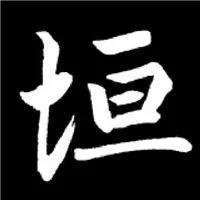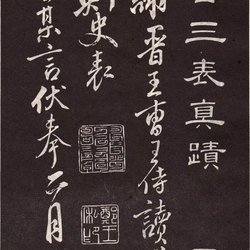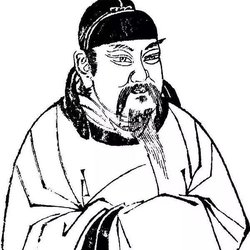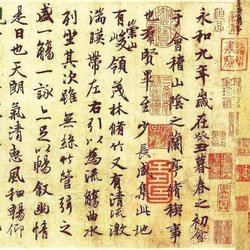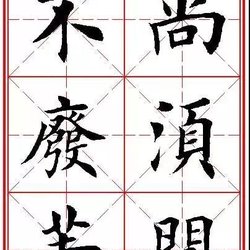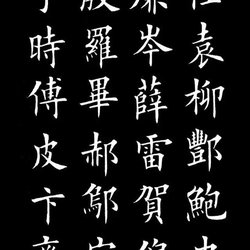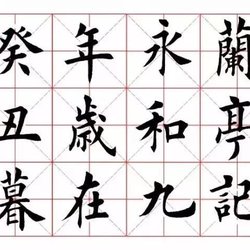Zhao Mengfu (1254-1322), whose courtesy name was Zi'ang, also known as Songxue Taoist, also known as Shuijinggong Taoist and Oubo, was named Mengfu in his middle age. He was Han nationality and a native of Wuxing (now Huzhou, Zhejiang). A famous painter in the Yuan Dynasty, he was erudite and talented, good at poetry and prose, good at economics, good at calligraphy, fine painting, good at epigraphy and stone, familiar with laws and regulations, and appreciation of art. In particular, he achieved the highest achievements in calligraphy and painting, creating a new style of painting in the Yuan Dynasty, and was known as the "Crown of the Yuan Dynasty". He is also good at seal script, official script, Zhen script, Xing script, and cursive script, and is especially famous for his regular script and running script. His calligraphy style is charming and elegant, with neat structure and mature brushwork. He is known as "Zhao style" in the world. He is also known as the "four masters" of regular script together with Yan Zhenqing, Liu Gongquan and Ouyang Xun. He is known as the second generation of Wang Xizhi.
Zhao Mengfu's analysis of thirty methods of regular script structure makes calligraphy practice easier
The first method: all the paintings of the sky-covered person appear under it. That is: above is the word Baogai, and the rest of the strokes should be capped below it. like:
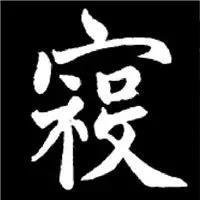
The second method: all paintings on the ground are placed on it. That is: there is a bottom-shaped character underneath, and the rest of the strokes should be supported on it. like:
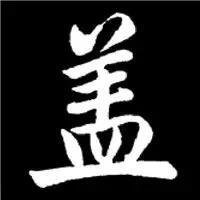
The third method: Let the person on the left raise his left and right lower. That is: for characters with the left half as the main part, the left side should be higher and the right side should be lower. like:
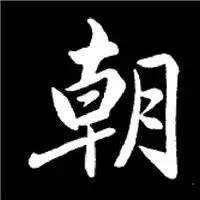
The fourth method: let the person on the right stretch right and contract left. That is: for words with the right half as the main part, the right side should be longer and the left side should be shorter. like:
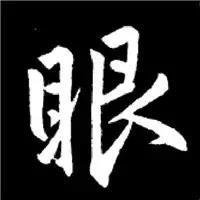
The fifth method: the horizontal arm should be long in the middle. That is: for words with cross arms, the middle horizontal part should be longer. like:
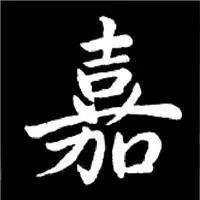
The sixth method: Those who are straight and outstanding should be upright in the middle. That is: if there are characters with vertical strokes running through the middle, the middle vertical stroke should be straight and not crooked. like:
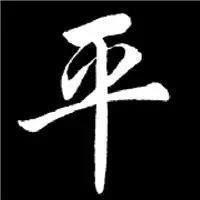
The seventh method: The body should not be bent or shortened during hooking. That is: for characters with a horizontal folding hook as the main stroke and a lot of strokes in the surrounded part, the horizontal folding hook should be long and straight, and the folding angle should be square. like:
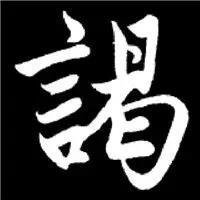
The eighth method: the hook method, its momentum cannot be extended straight away. That is: for characters with a horizontal fold hook as the main stroke and fewer strokes in the surrounded part, the horizontal fold hook should be slightly shorter and tilted to the right, with the fold angle retracted. like:
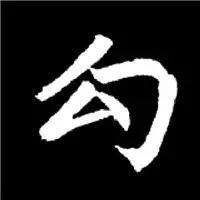
The ninth method: draw short and leave long. That is: short horizontally and long. like:
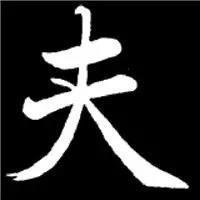
The tenth method: draw long and short. That is: horizontal length and short length; such as:
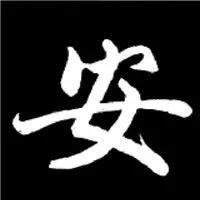
Method 11: Draw short, straight and long. That is: words that are short horizontally and long vertically should be extended. like:
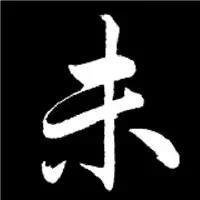
Method 12: Draw long, straight and short shapes. That is to say: the characters should be shortened when they are drawn horizontally and short vertically. The characters should be shortened to points opposite to each other, so that the two characters echo each other. like:
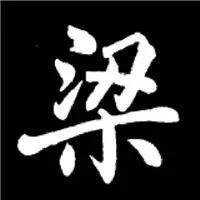
Method Thirteen: Horizontal long and straight short. That is: In a character, if it is long horizontally, it should be short vertically; if it is long horizontally, it should be thin and straight; if it is vertically short, it should be thick and strong. like:
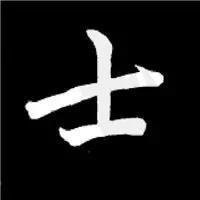
Method 14: Short horizontally and long straight. That is: in a character, if it is short horizontally, it should be long vertically; if it is short horizontally, it should be slightly thicker, and if it is vertically straight, it should be straight. like:
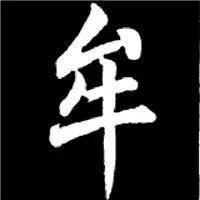
Method 15: There are paintings above and below, which must be short at the top and long at the bottom. That is: characters with horizontal strokes above and below should be short at the top and long at the bottom. like:
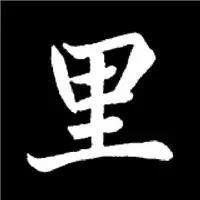
Method 16: If there is straightness on the left and right, the left side must be retracted and the right side must be extended. That is: for words with vertical drawings on the left and right, the left side should be contracted and the right side should be stretched. like:
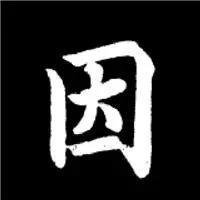
Method 17: Left-handed and right-handed, the left should be retracted and the right should be drooped. That is: a character that is drawn on the left and drawn vertically on the right should be short on the left and long on the right. like:
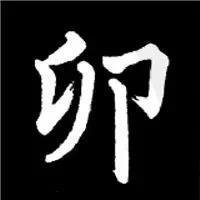
Method 18: Straight left and right, converge left and release right. That is: for characters with vertical strokes on the left and left strokes on the right, the left vertical strokes should be contracted and leaned upward, while the right strokes should be extended. like:
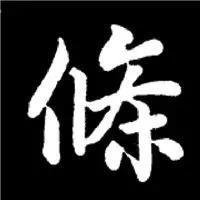
Method 19: If you point out the complexion, you should lie down and turn your back to seek change. That is, for words with several dots, the directions of each dot should be different to make it change. like:
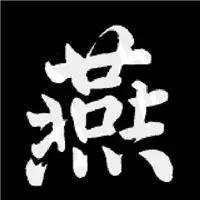
Method 20: If the painting is heavy, the scales and feathers should be staggered to achieve extremes. That is: there are several characters drawn horizontally or vertically, and the length of each horizontal line should be different so that it does not look dull. like:
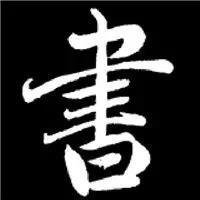
Law 21: If both sides are even, the left and right sides should be even. That is: a word composed of two equal parts should be evenly spaced on the left and right. like:
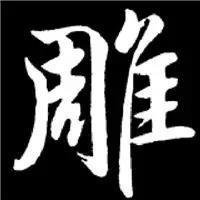
The 22nd method: For three combinations, be upright in the middle. That is: a character composed of three parts, with the middle being upright. like:
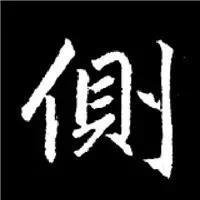
Method 23: If there are two sections, the upper and lower sections should be equally divided with slight additions and subtractions. That is: a character composed of upper and lower parts, each accounting for half, with a slight change in the middle. like:
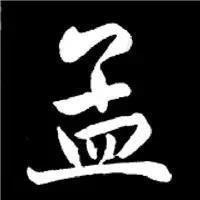
Method 24: For triple combinations, the head and tail should still be evenly spaced between expansion and contraction. That is: for a character composed of upper, middle and lower parts, the head and tail should be properly stretched to highlight the main character and be coordinated and unified. like:
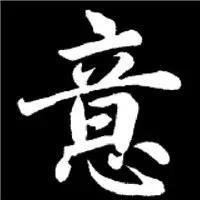
Method 25: The smaller ones on the left should be brought up together. That is: for characters with small left radicals, the left stroke should be aligned with the top of the right stroke. like:
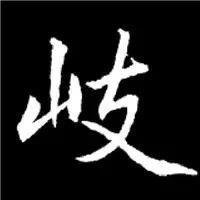
Method 26: The smaller ones on the right are all the same below. That is: for small characters on the right radical, the strokes on the right side should be lower or flush with the lower left side. like:
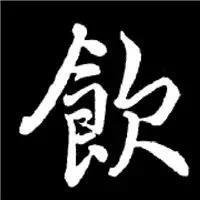
Method 27: If there are four folds on the outside, the physique must be square. That is: the same strokes appearing around the word should be arranged neatly and of equal size to form an encirclement. Such as: clamor, utensils, etc.
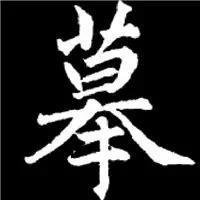
Method 28: The inner four stacks should be arranged evenly and densely. That is: There are four stacks of characters inside, which should be arranged evenly and closely. Such as: cool, teeth
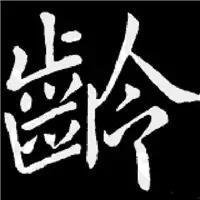
Method 29: If you are leaning diagonally, you should not do it flatly, otherwise you will lose power. That is: Don't write the diagonal strokes flat, otherwise there will be no momentum. like:
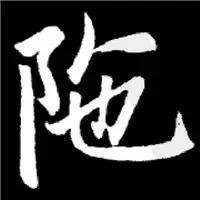
The 30th method: If it is flat, it is not suitable to lean on it, as it will be disrespectful. That is: if the Ping Le painting is written slanted, it will not be straight. like:
